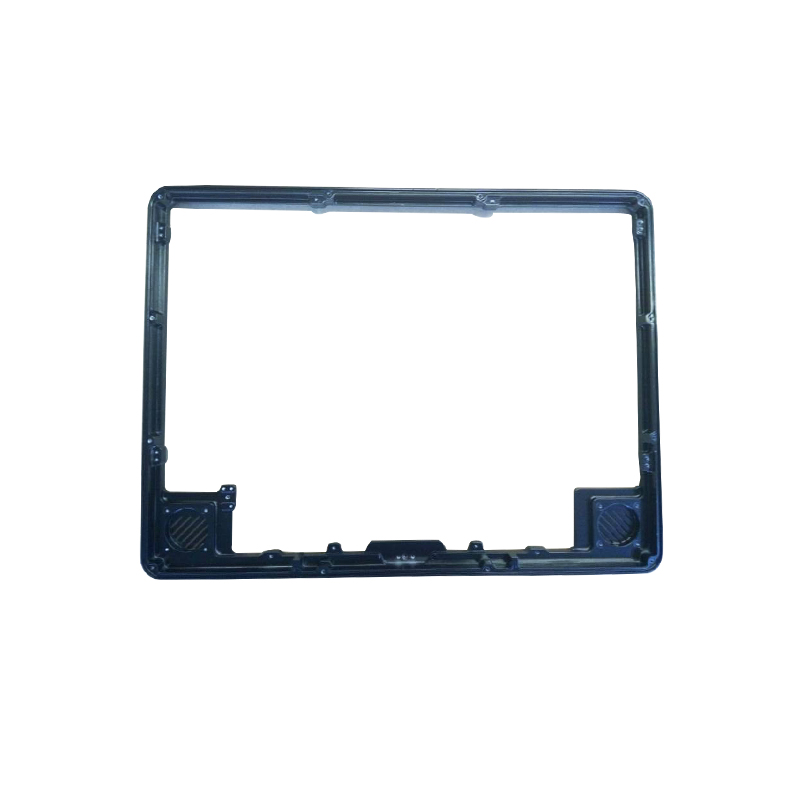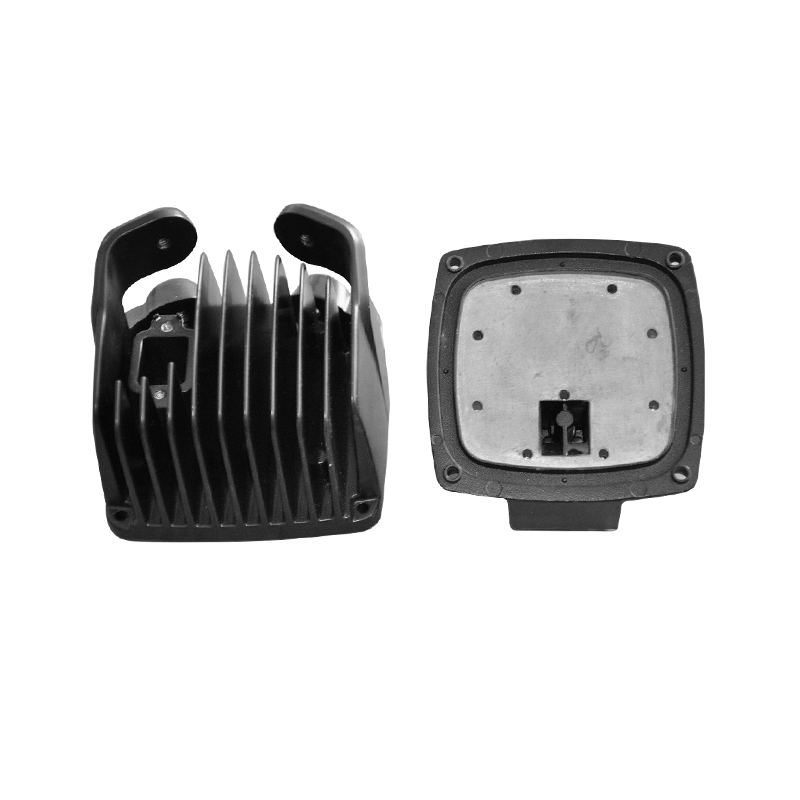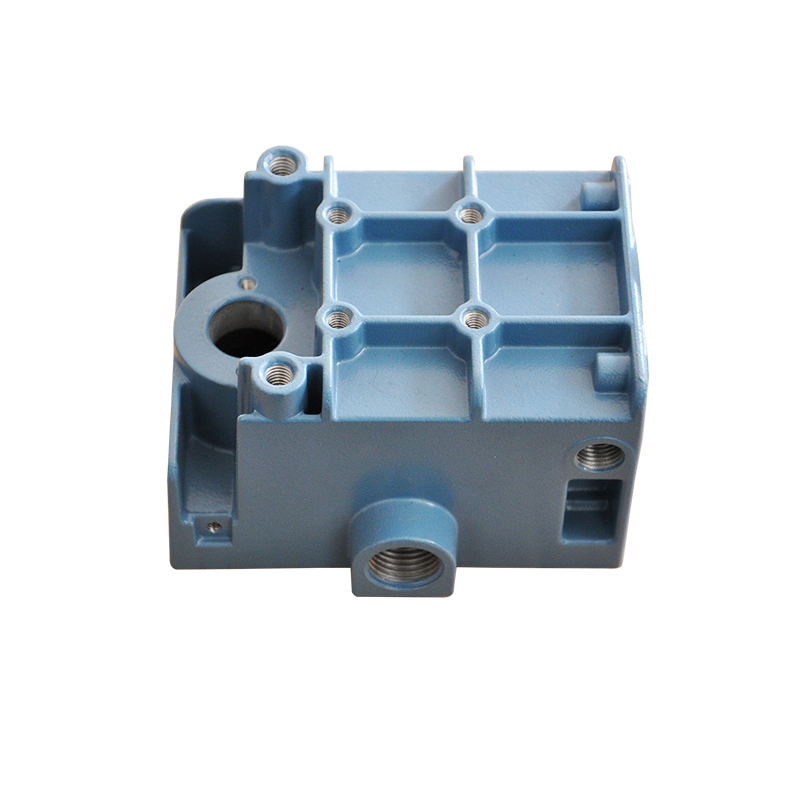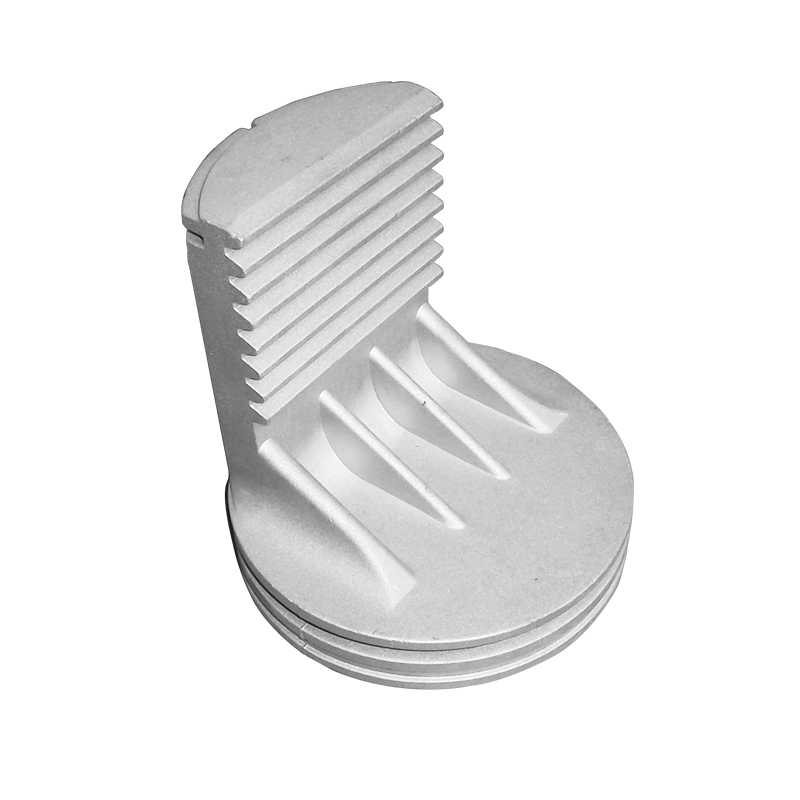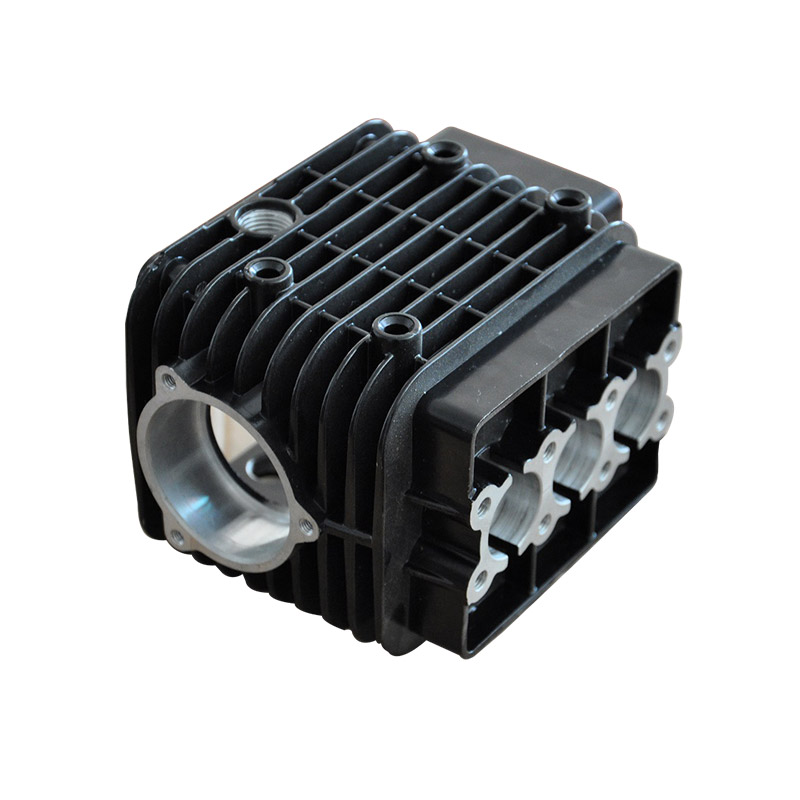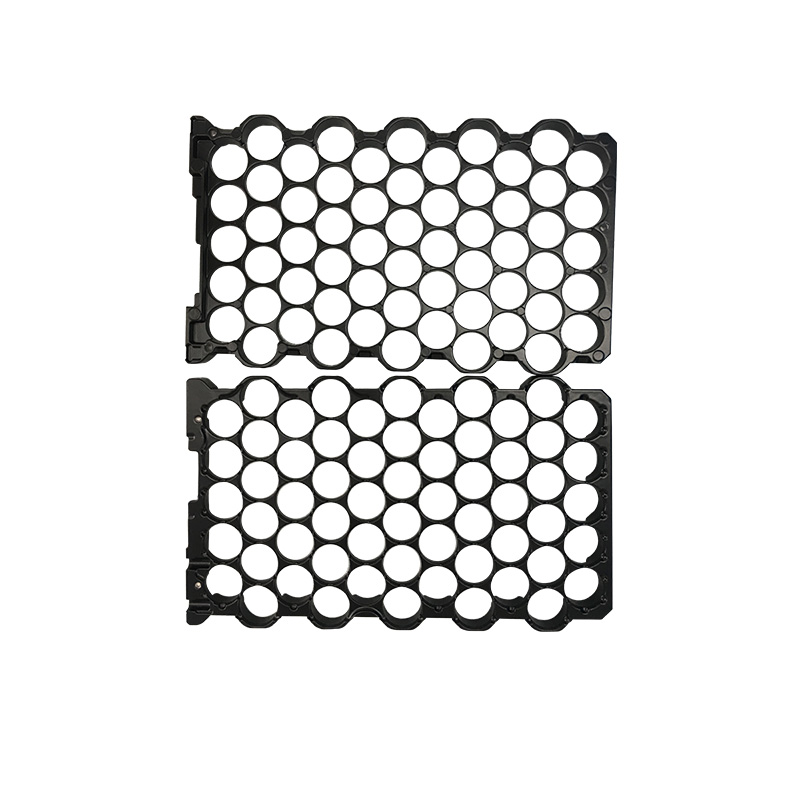Die casting is an economical and fastest forming process. This method offers a lot of advantages, such as producing thousands of casting in a short period of time. The components produced are of the same quality but the cost of each unit is the same. In this article, we are going to get a deeper insight into die casting. Read on to find out more.
Introduction to "Die Casting"
Basically, this is an automated casting process. In this process, the liquid form of the melt is inserted into a mold under extreme pressure, which is up to 1200 hours. The filling speed is also high, which can be as high as 540 kilometers per hour.
Generally, the application uses alloys as they have a low melting point. This process is an ideal choice for the mass production of different types of components. As far as sand casting is concerned, the process uses permanent metal molds that don't need to be destroyed at the end of the process. Besides, it allows the production of complex components that feature a low thickness of the wall.
Molds
Generally, the die casting molds are made of heat-resistant, high-quality steel. The two halves create a cavity to hold the liquid melt. During the process of casting, high pressure is applied. Some parts of the unit are heated or cooled in order to give the desired shape to the liquid melt.
The malt production cost a lot of money and time. However, it is possible to make thousands of components with just one mold. Apart from this, the melt does not take a lot of time to cool down.
Procedures and functionality
As far as die-casting is concerned, the components are made in two different ways. One method is called the cold chamber while the other is called the hot chamber. Regardless of the manufacturing process, the release agent is sprayed before the beginning of the casting process to make sure that the cast part is easy to remove.
First of all, the melted liquid is put into the casting chamber before it is poured into the cavity of the mold. The next process required the alloy to be pressed into the mold using a piston. There is a difference between the two processes. Let's talk about both of the methods.
Hot Chamber Method
The primary feature of this method is that the casting chamber remains connected to the liquid alloy. The liquid passes via a valve before it lands in the casting chamber. In this chamber, it is pressed at high speed into the die casting mold. Generally, this process is an ideal choice for alloys that have a low melting point. Some of these alloys include tin, Lead and Zinc.
Cold Chamber Method
In this method, the requesting set is found outside the liquid melt. For making a part, the alloy is inserted into the casting chamber before it is pressed into the mold via different channels. Therefore, this process can be an ideal choice for materials that have a high melting point, such as copper and aluminum.
In short, this was an introduction to die casting and different methods that the process uses. Hope this helps.
- Full Service in Die Casting & Machining Since 1987
- Die Casting Machine from 180 to 4400 tons
- 1500+ Set of Casting Parts Exported Overseas
- Trusted By Top Brandings in Automotive & Medical Industry
- IATF 16949 Certificated Factory
- Famous“Die Casting City in China"
- Well-trained Staff Will Support You Efficiently From RFQ to Shipment.
NINGBO FUERD MECHANICAL CO., LTD
Website: https://www.fuerd.com
